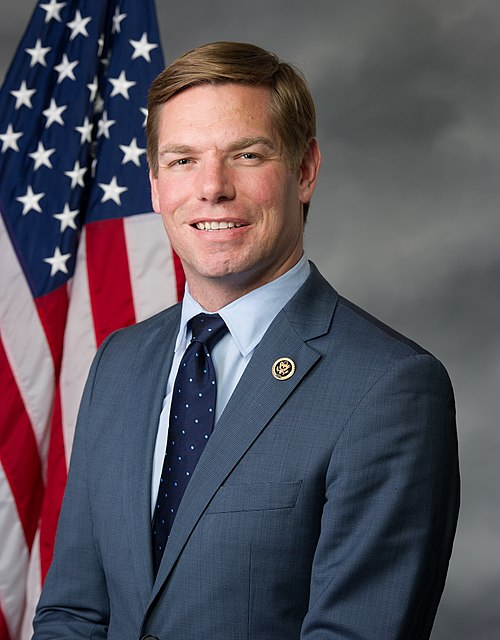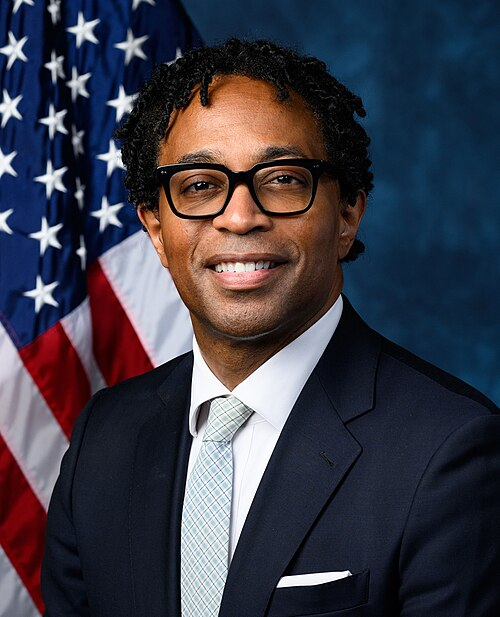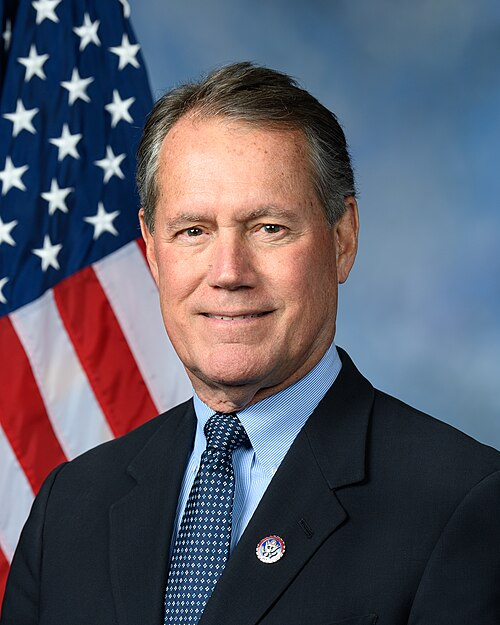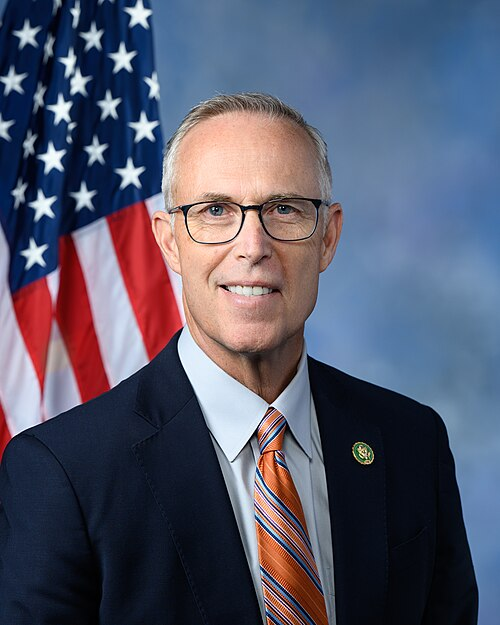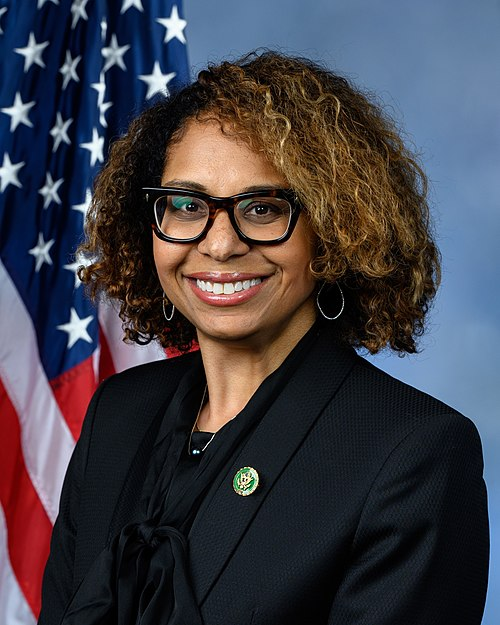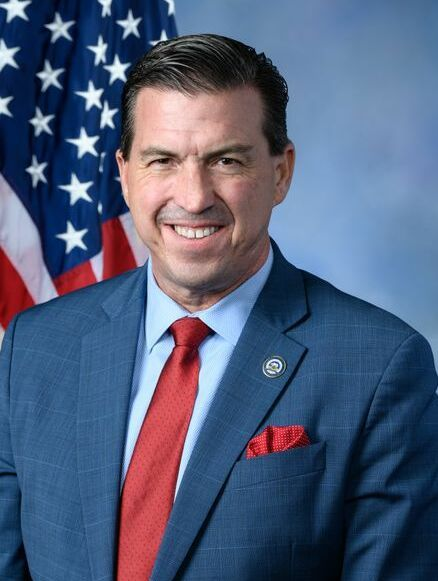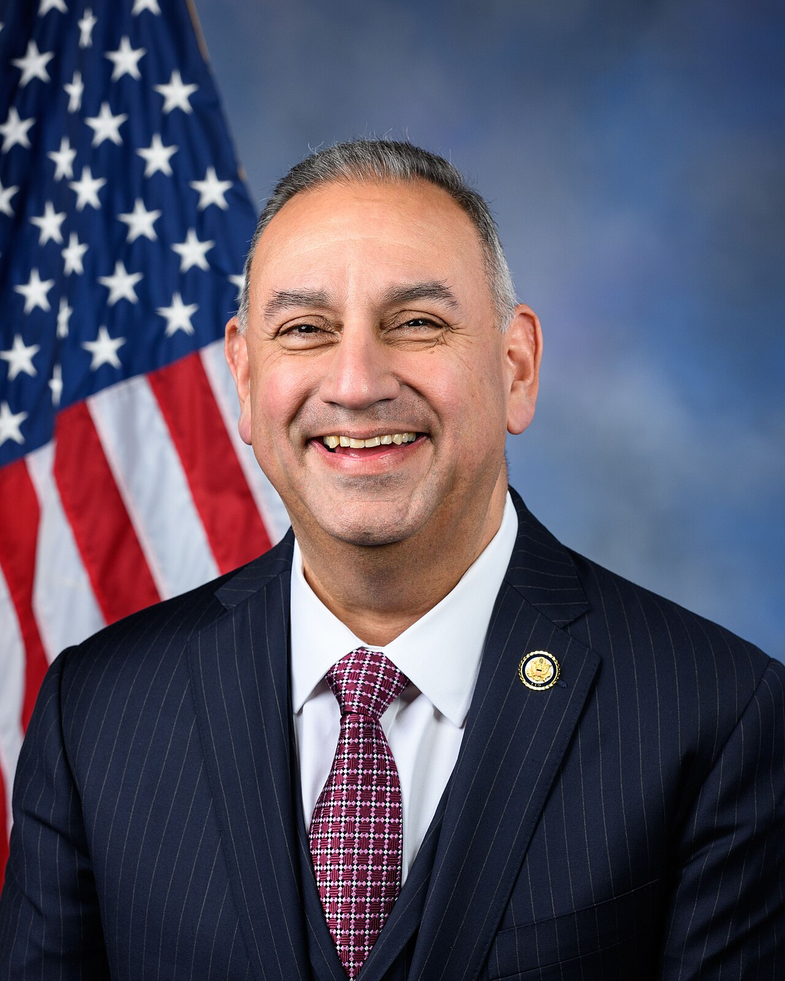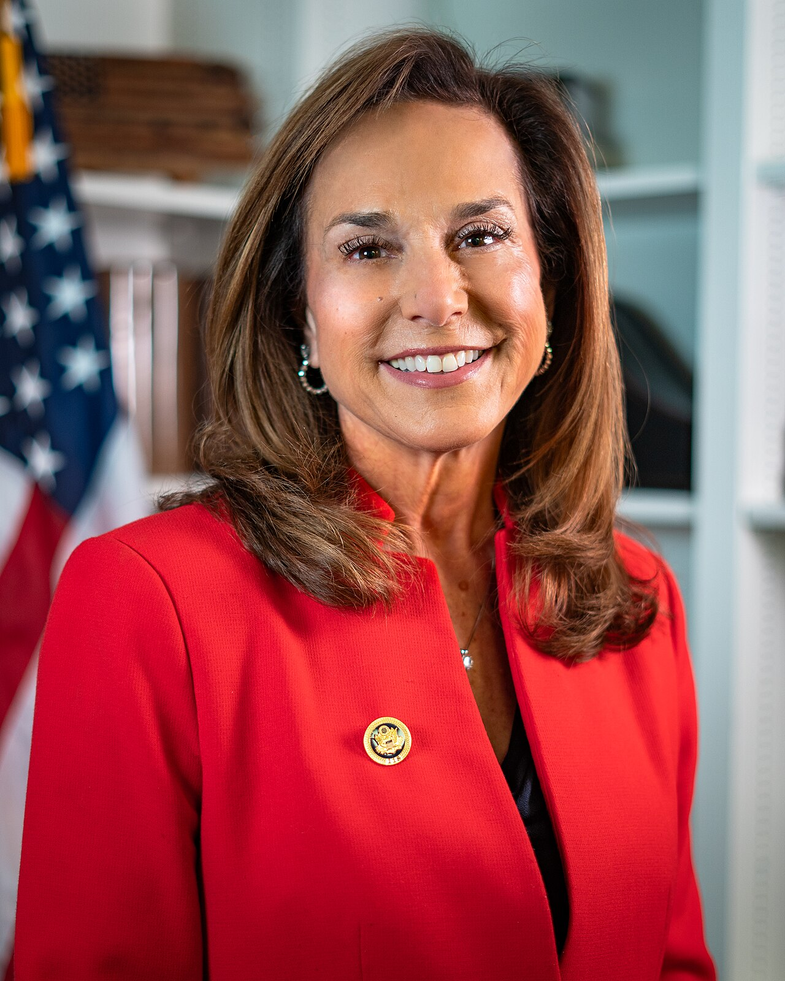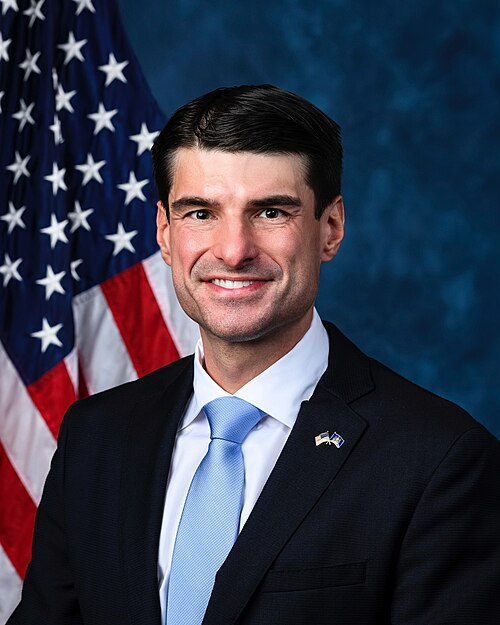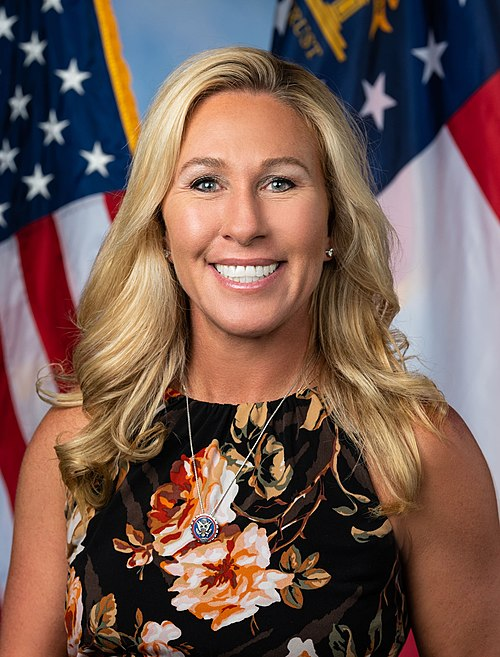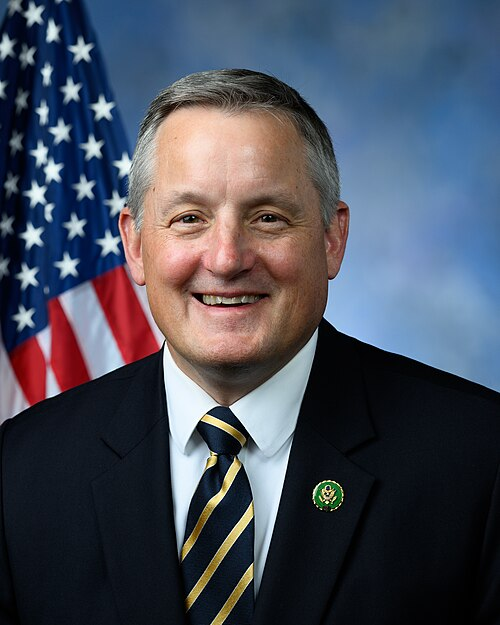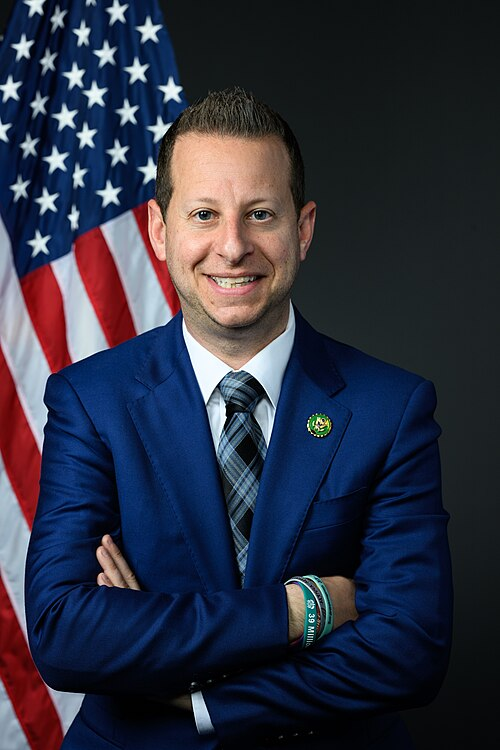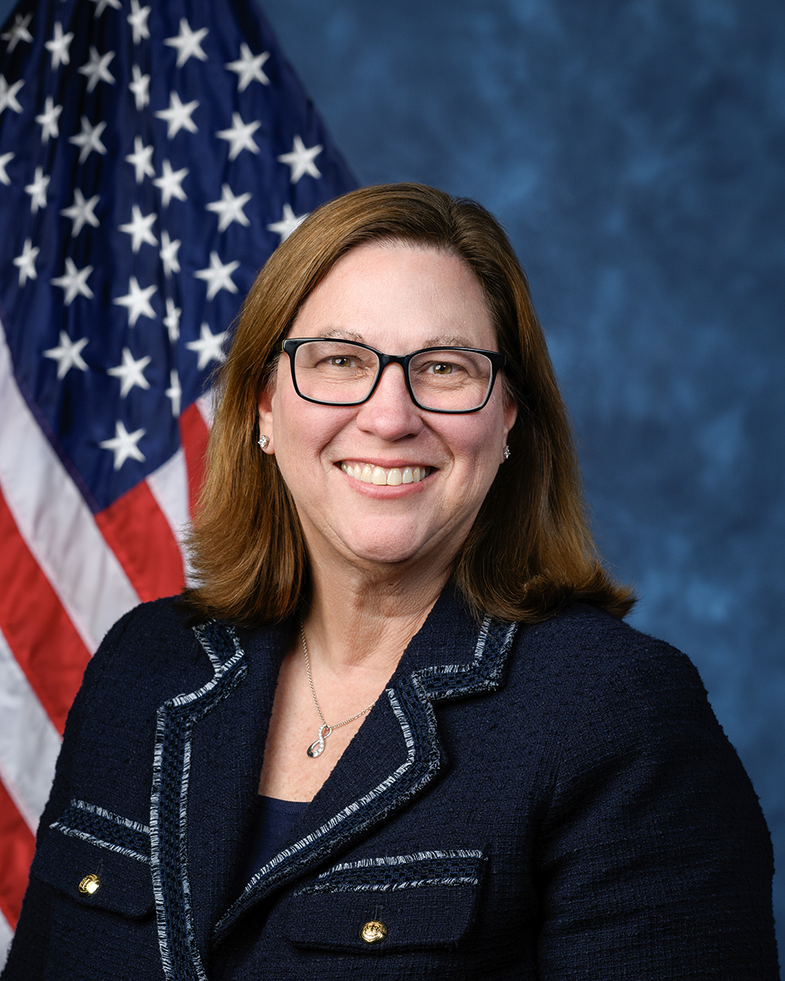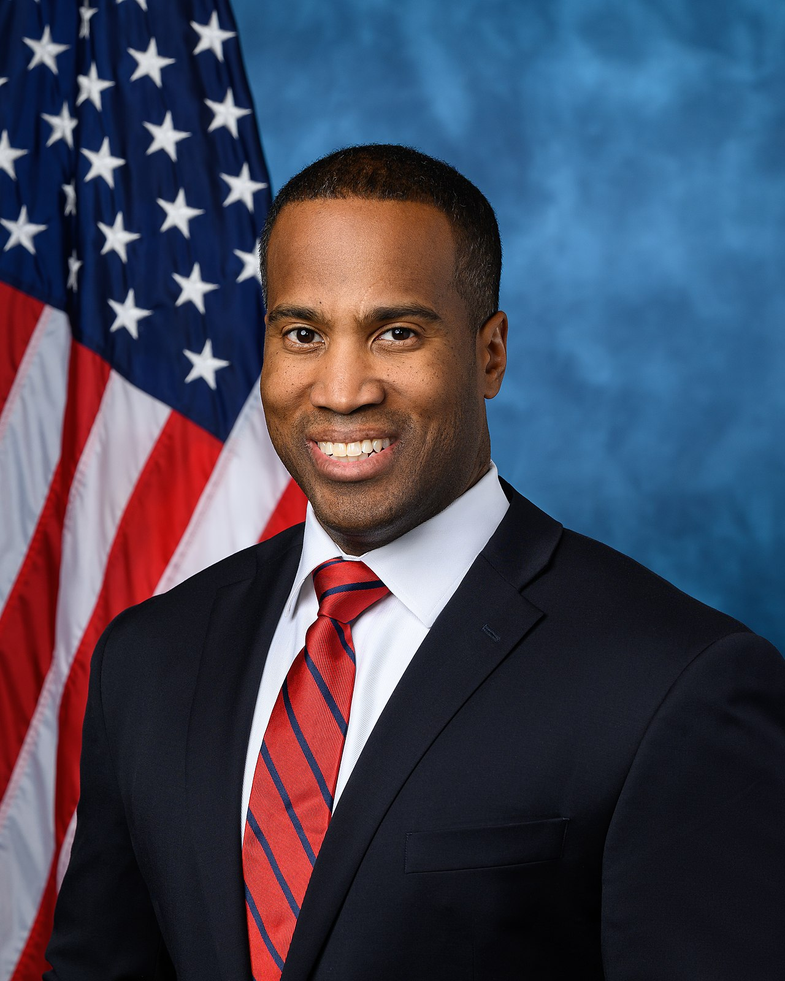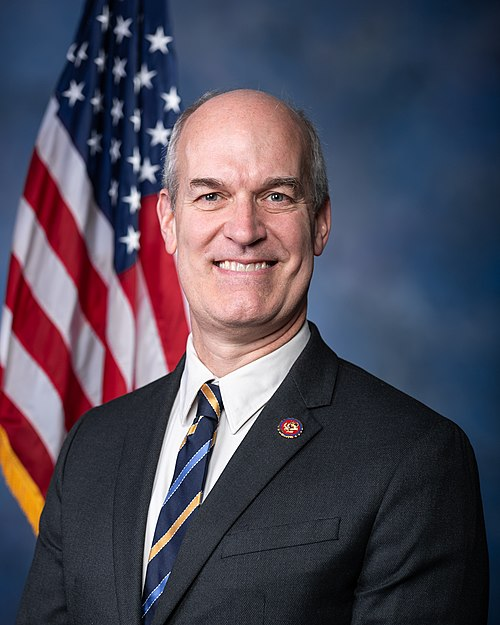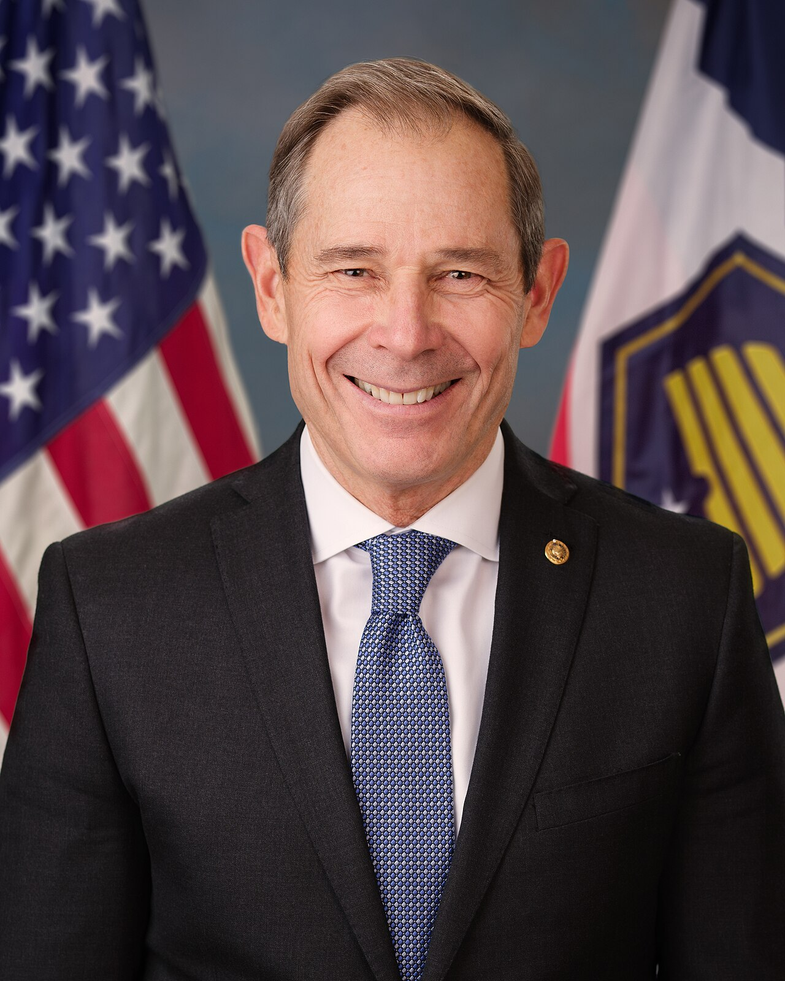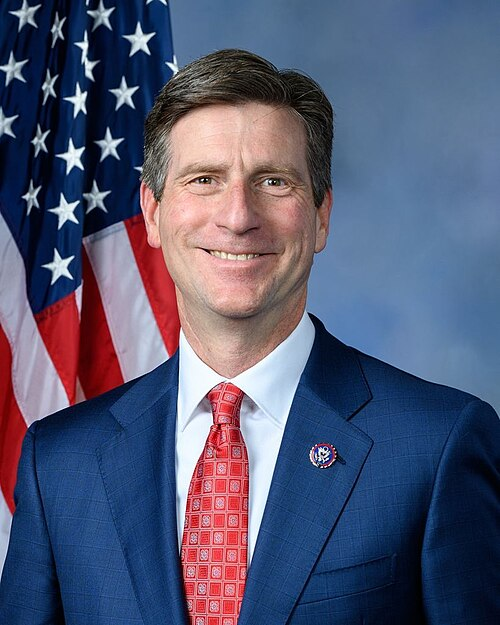H.R. 403: Preventing Our Next Natural Disaster Act
This bill, known as the "Preventing Our Next Natural Disaster Act," aims to enhance the United States' strategies for preventing and mitigating the impacts of natural disasters through various supportive measures. Below are key aspects of the bill:
Definitions
The bill amends existing definitions in the Robert T. Stafford Disaster Relief and Emergency Assistance Act, introducing terms such as:
- High hazard risk: Refers to areas assessed as having a significant risk of natural disasters based on tools like the National Risk Index.
- Environmental justice community: A community, primarily composed of people of color, low-income households, or indigenous groups, that faces higher levels of adverse health or environmental effects.
- Small impoverished community: A community with 50,000 or fewer individuals that is deemed economically disadvantaged.
Technical Assistance
The bill authorizes the Federal Emergency Management Agency (FEMA) Administrator to develop guidance that incorporates climate change considerations into:
- The National Risk Index.
- Cost-benefit analyses of disaster mitigation projects.
- Improved construction codes and standards for resilience against natural hazards.
Criteria for Assistance Awards
It updates the criteria used to evaluate applications for disaster mitigation funding, giving priority to:
- Communities at high risk of natural disasters.
- Environmental justice communities.
- Areas with low tax revenue and enforcement of building codes.
Federal Share for Certain Communities
The bill allows for the federal contribution to cover up to 90% of costs for mitigation projects in small impoverished and environmental justice communities, thereby increasing federal support for vulnerable areas.
Public Infrastructure and Mitigation Assistance
Under the proposed changes, the federal funding for predisaster mitigation would increase from 6% to 15% of the total disaster relief fund, with a portion set aside for community planning and capacity building assistance in each disaster area.
Community Outreach
The bill requires FEMA to conduct community outreach, focusing on increasing grant applications from high-risk and disadvantaged communities. This outreach will guide communities on project prioritization based on current and future hazard risks.
Improved Data Collection
The bill mandates the establishment of a central federal database to consolidate and categorize funding data related to disaster response and mitigation. This database will aim to:
- Track demographic impacts of natural disasters.
- Evaluate disaster spending and its effectiveness on reducing future risks.
Implementation Timeline
FEMA is required to set up the new data collection and outreach initiatives within three years of the bill's enactment.
Relevant Companies
- WM: Waste Management, Inc. - The company may be impacted due to potential changes in environmental regulations and the demand for waste management services due to increased focus on disaster recovery and mitigation efforts.
- CAT: Caterpillar Inc. - As a provider of construction and earth-moving equipment, Caterpillar may see changes in demand based on new construction guidelines aimed at disaster preparedness and mitigation projects.
This is an AI-generated summary of the bill text. There may be mistakes.
Sponsors
7 bill sponsors
Actions
3 actions
| Date | Action |
|---|---|
| Jan. 15, 2025 | Referred to the Subcommittee on Economic Development, Public Buildings, and Emergency Management. |
| Jan. 14, 2025 | Introduced in House |
| Jan. 14, 2025 | Referred to the House Committee on Transportation and Infrastructure. |
Corporate Lobbying
0 companies lobbying
None found.
* Note that there can be significant delays in lobbying disclosures, and our data may be incomplete.
